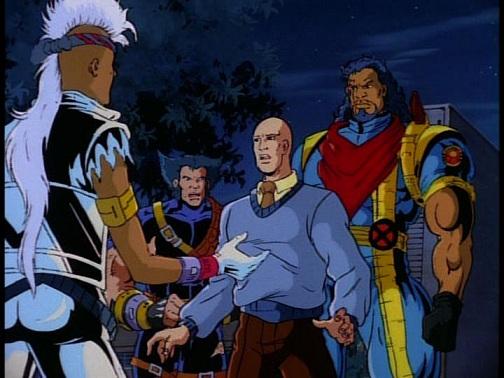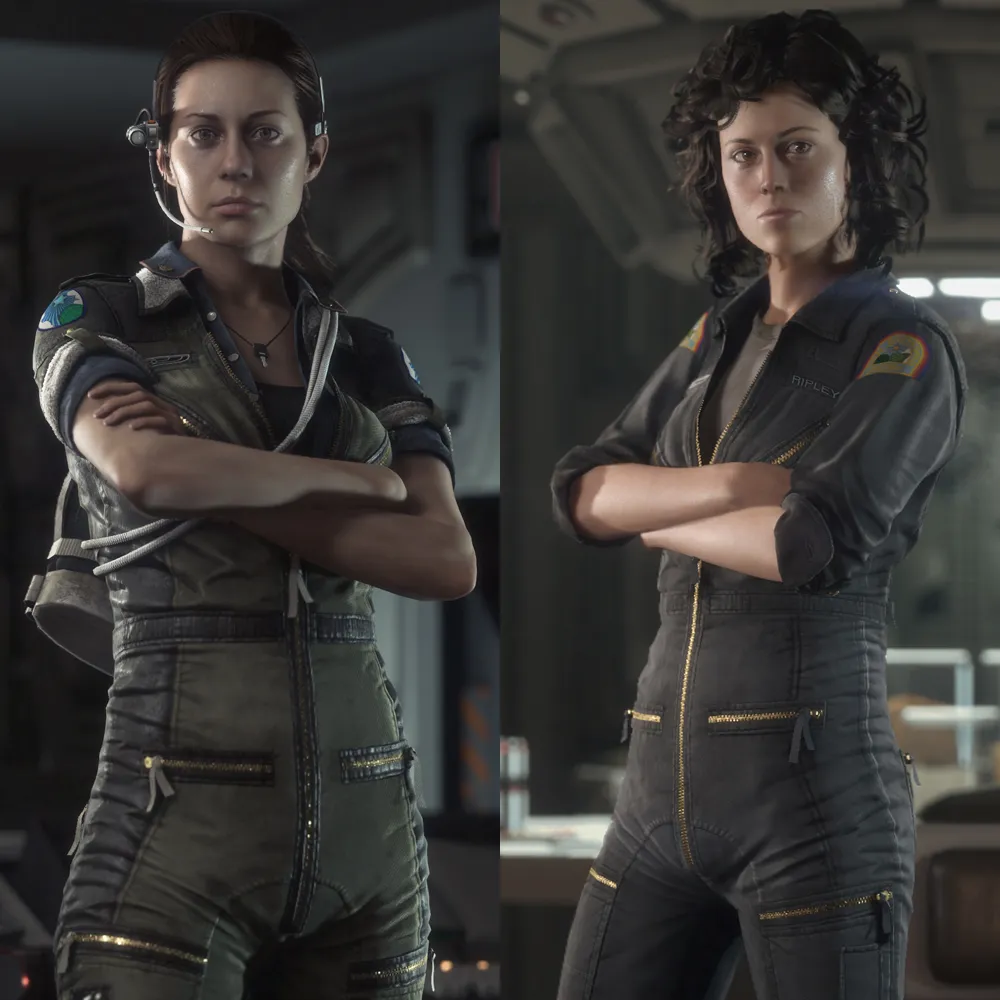![MarvelWomen]()
Saturday I attended a panel at Special Edition: NYC, and from what I gathered it was one of the only panels that day that was even nearing maximum capacity. The Carol Corps, various members of the Young Avengers team, and plenty more in addition to myself waited patiently in the ever-growing line for this event. It was pretty much the only reason I went to the convention that day. It seems that many others had the same idea.
The totally stellar line-up of creators for the talk included Gail Simone, Amy Reeder, Marguerite Bennett, Emanuela Lupacchino and Jenny Frison – moderated by Ben Saunders. Now, I just want to get out there how much I enjoyed this panel. I’ve attended too many that were nearly ruined by over-eager, over-opinionated moderators, slideshows that dragged on for far too long, merciless promotions and panelists that were understandably upset by these things and more. This panel and its participants were great in every respect, and it produced some great conversations.
The following is the entire discussion prior to Q&A, which I have chosen to omit for my sanity and the safety of my hands at this point in time. I will be doing a smaller post later in the week with the highlights of the audience portion, which had some wonderful questions from fans and thoughtful answers from the panelists. Enjoy!
Saunders began the discussion by asking the ladies what their experiences with comics and popular culture were like when they were growing up, specifically in relation to female protagonists and heroes. Were there any particular heroes they were drawn to?
“When I was a little kid my parents got me a Wonder Woman book with a tape, I think it was called “Cheetah on the Prowl,” said Frison. “I loved it, I was obsessed with it. I always thought Wonder Woman was really cool, even when I wasn’t reading comics. I really wasn’t into them until I got into high school,” she continued, “and that’s when I saw Adam Hughes’ first Wonder Woman cover. My jaw just hit the ground. I was just so excited that that was a thing people could do – that you could create women like that and put it out in a comic book.”
“My favorite superheroes are from the 80′s,” Lupacchino noted. “I knew them when I was a little girl and I couldn’t read the comics because I was too little. They are She-Ra from Masters of the Universe and the Incredible Hulk from the television series. It was the best. At that time there was nothing like that that you could watch on the television. I was totally addicted to the characters.”
Bennett was next in line, mentioning that her introduction to Batman was actually through the animated series, and added, “I guess my introduction wasn’t so much to female superheroes as it was to female super villains. And so Catwoman, Poison Ivy, and Harley Quinn – that was my holy trinity. It was so wonderful to see these women who did not abide by your rules and were not going to take your consequences.”
“I was becoming very frustrated with a lot of the material that was out there at the time when I was first learning to read,” began Simone, “because it seemed to me that most of the female heroes and protagonists – if they had any kind of adventure at all – it was thrust upon them or it accidentally happened. It was never something they went out and chose.
I was at a garage sale,” she continued, “and I saw the cover of a Justice League comic, and Wonder Woman was on the cover and I was like ‘Oh, what’s this? Is this some kind of princess that looks really strong?’ So we got the comic and I just couldn’t believe it. I didn’t understand how comic stories went, I didn’t understand the numbering, I understood nothing, But I did understand that this was a really strong female character that made her own decisions, that chose to leave her homeland and go out and have adventures, and that was it for me. It was a done deal. It really stuck a huge chord for me when I was young and impressionable.”
Reeder mentioned that she was also a She-Ra fan, as well as being a fan of Jem. “I was mostly into things that had girl characters,” she said. “It was a great time being a kid in the 80′s because there was a lot of empowered female characters back then, and it’s sad that there are fewer now. It’s really weird. I got super-duper-duper hooked [on Sailor Moon] and that’s like pure, unadulterated super hero. There’s no reason not to group her into superheroes. And also, I believe the fandom is basically 50/50, men to women, and I think that’s great.”
![sailormooniamacoyfish]()
Sailor Moon by iamacoyfish
Saunders used the statistic Reeder gave to segue into his next question. ” I teach these classes on comics,” he began, “and women consistently outnumber men in all of my classes. Girls just read more than boys. What I’ve discovered is – it turns out that girls like action adventure stories, like superhero stories, and always have liked them! But a lot of the female fans that I teach feel that they have to battle with publishers, with store owners, and with, let’s say, certain male-dominated enclaves of fandom, in order to even be taken seriously as members of this fandom. So I’m wondering if any of you have ever been given that message – that superhero comics were not for girls.”
“I will say a very easy thing,” Lupacchino responded, “we are women, not aliens. We like rock music, heavy metal, we have feelings, we like flowers, but we like adventures as well. It’s something mysterious because people think that girls can’t like man-centric stories or adventure because they’re not ‘girly’. In the end, it’s a matter of interests. It’s about stories. They think that superhero stories are something definitive for men, and that women cannot understand how to make them.”
Simone replied with a story about her beginnings with the industry. “When I first started,” she said, “since my name Gail could be male or female, most people in the industry just assumed I was a male. It was only when pictures were taken, or I talked on the phone, or I met some people that they would even admit that I was a girl and writing superhero stories. That was 12 years ago at the most, and I was telling them at the time that we are going to have a 50/50 male to female audience, we are going to have more female creators, and I am going to prove to you that these female characters have more value to your company than just being someone that can be de-powered, raped, chopped up, put in a refrigerator, and then the stories become all about the male heroes. So it’s come a long way, it’s been absolutely incredible to see.”
I think there is sort of an idea amongst some companies,” stated Frison, “that they’re not trying to make comics for boys. They’re just making comics and just a few people happen to be in charge and so a lot of their comics are very similar. And then when they hear that they’re pigeon-holing themselves and should be making more comics for women, then they’re trying to make comics for women, and not trying to make comics for everybody. And that’s what I think is so exciting about Image, is that there are so many people in charge. No one person makes the decision, everyone is creating their own story, and no one’s trying to hit a marketing niche that they’ve been missing.”
“There are some people that have it in their head that, in order to attract a female audience, it has to be a romance comic, but there’s more to the audience to that,” added Simone.
“When I broke in I was actually encouraged not to go by my name,” announced Bennett, “which is an old woman’s name. I actually started in prose – I graduated with my MFA last year, and I got in because I had written two prose novels. I’ve been shipping them around to agents, and what I’ve actually heard several times in response was ‘Well, female writers have a much harder time, especially with the work you want to do. Would you consider having a pen name, or abbreviating your name?’ And for 30 seconds, in a moment of weakness, I considered it. And then I decided THE HELL WITH THAT, they are going to learn that I’m a girl.”
Saunders then brought up a slide of the first appearance of Lois Lane. “This is her first panel,” he said, “and she’s being very cruel. Cruel and alluring. I love the economy of the character – that she’s really there in that first panel. But then for decades they reduce her to someone else – someone whose entire agency and goal in life is to marry Superman. Now she’s back from that, so I was wondering if we could talk a little about Lois or another character with a similar history in comics?”
![lois1]()
“Lois is that great embodiment of the change, and just the great arc that female characters have taken, to me,” replied Bennet. “Starting out as just the love interest or comic relief, and becoming fully-formed, singular, compassionate heroines.”
“You know,” quipped Saunders, “we should really talk about Batgirl.”
“Well… whaddaya wanna know?” said Simone.
Saunders chuckled nervously as the crowd laughed. “Yeah, you try being up here with Gail Simone asking what you want to know about Batgirl! Tell me you won’t choke!” He continued, by asking what Simone what she thought was the essence of the character.
![Batgirl by Jez Tuya]()
Batgirl by Jez Tuya
“For me, Barbara has always been the most intelligent character in Gotham,” she responded. “She’s very compassionate. So I see her as the hope in Gotham, and I think Gotham needs that sometimes. And also, no matter what her circumstances are, she wants to help people, to make Gotham better. Those are the things at the core of her character… She’s one of those DC characters that should inspire someone to do something.”
Saunders furthered the discussion by asking the artists on the panel if sexualizing female characters was an issue for them – if it was something they thought about while drawing.
“I’m not going to say this is the right answer,” started Frison. “I’m not a creator, necessarily. I’m not creating a character and a costume for her, I’m usually assigned a character that has a costume. So that being said, with Red Sonja wearing her chain mail bikini – which is ridiculous – it does not bother me. To me, the thing that makes her sexualized by other people is the way she presents herself. Not the costume. I probably wouldn’t draw her with, you know, her legs spread and sucking her thumb, because that’s not her. To me, it’s the strength that she has.
“Can I tell a funny story about Red Sonja covers?” interjected Simone. “So Jenny does the main covers for Red Sonja, and all the variants are done by female artists. And we were sitting at a convention just talking, myself and some female artists, and it was the best conversation ever. It was all about how to draw the boobs. And listening to these female artists talk about it was completely different from how a lot of male artists talk about it. They kept saying things like ‘the weight of the underboob,’ and the shape, and if she’s flipping up in the air where would those really be? And I was just sitting there thinking, ‘This is the best conversation that has ever existed.’ And I’m so proud of all the covers on that book. No one wanted to draw her NOT in the chain mail bikini, which totally cracks me up.”
Lupacchino spoke up next, wondering why everyone only seems to notice how set the women are in comics, and not the men. “I mean seriously guys, do you think Batman is not sexy for us?” she said. “When I went to the DC offices and I faced this big Batman 2 meters high, man, he’s sexy. It’s just cardboard and grey paint with black underpants.”
“I think what I really care about when I see a female character and how they’re done, is if they really have personhood,” Reeder remarked. “And that’s really what gets to me, is when they don’t really seem like a person anymore, that they’re an object. When they seem like they don’t have a personality, or like they’re soulless. So when I did a Red Sonja cover, I wanted something on her face, I wanted her to be fierce. I just want to know that they’re people.”
Simone was the last to speak before the Q & A, stating, “The best covers, the sexiest covers to me, always tell some kind of a story. And without that story, and with a porn pose, it just means nothing. I don’t even know how you’re trying to attract someone to read a story without creating some sort of sexiness with something behind it.”
![Screen Shot 2014-06-18 at 10.30.22 AM]() This article originally appeared on Girls Gone Geek under the name Reimagining the Female Superhero and is reposted with permission.
This article originally appeared on Girls Gone Geek under the name Reimagining the Female Superhero and is reposted with permission.
Also on Girls Gone Geek
Are you following The Mary Sue on Twitter, Facebook, Tumblr, Instagram, & Google +?
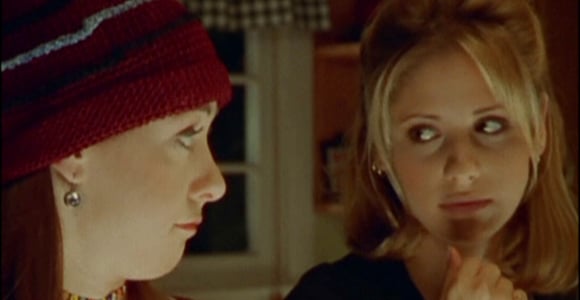
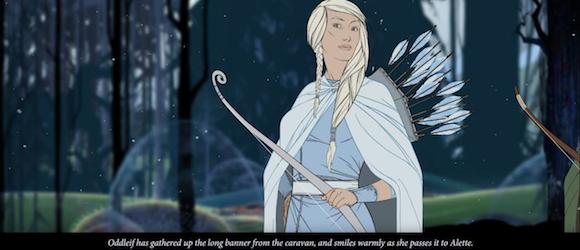









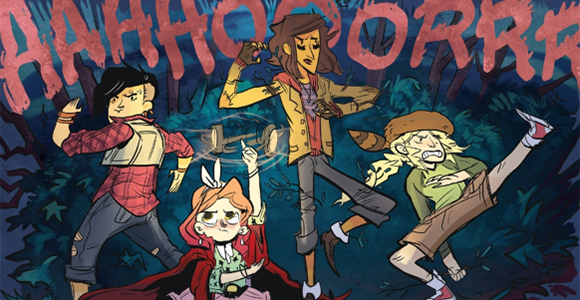

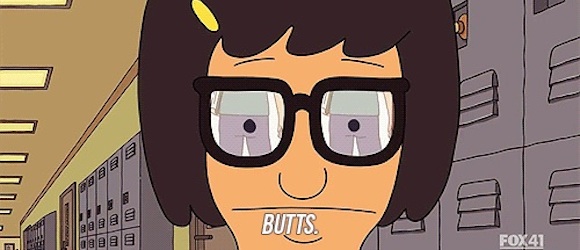
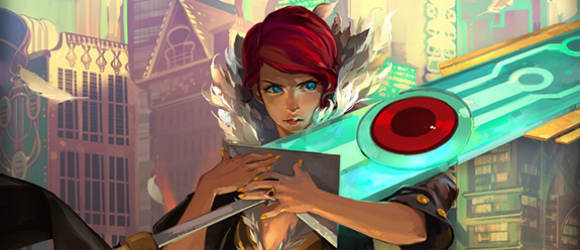


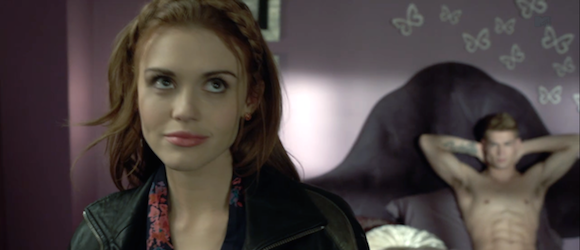




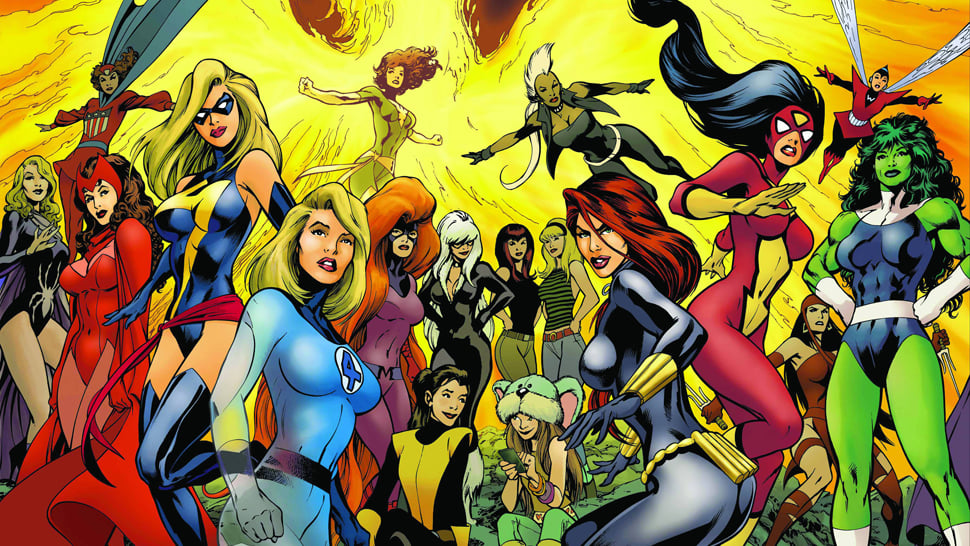
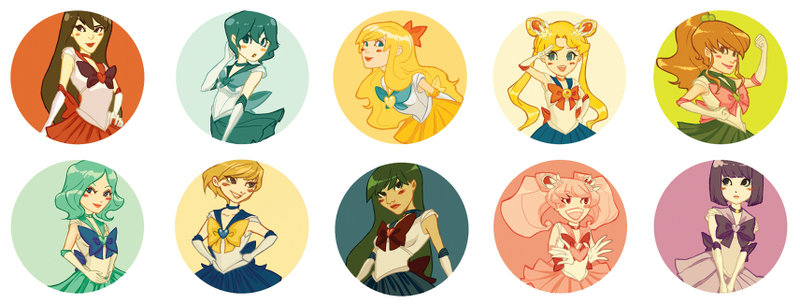


 This article originally appeared on
This article originally appeared on 
